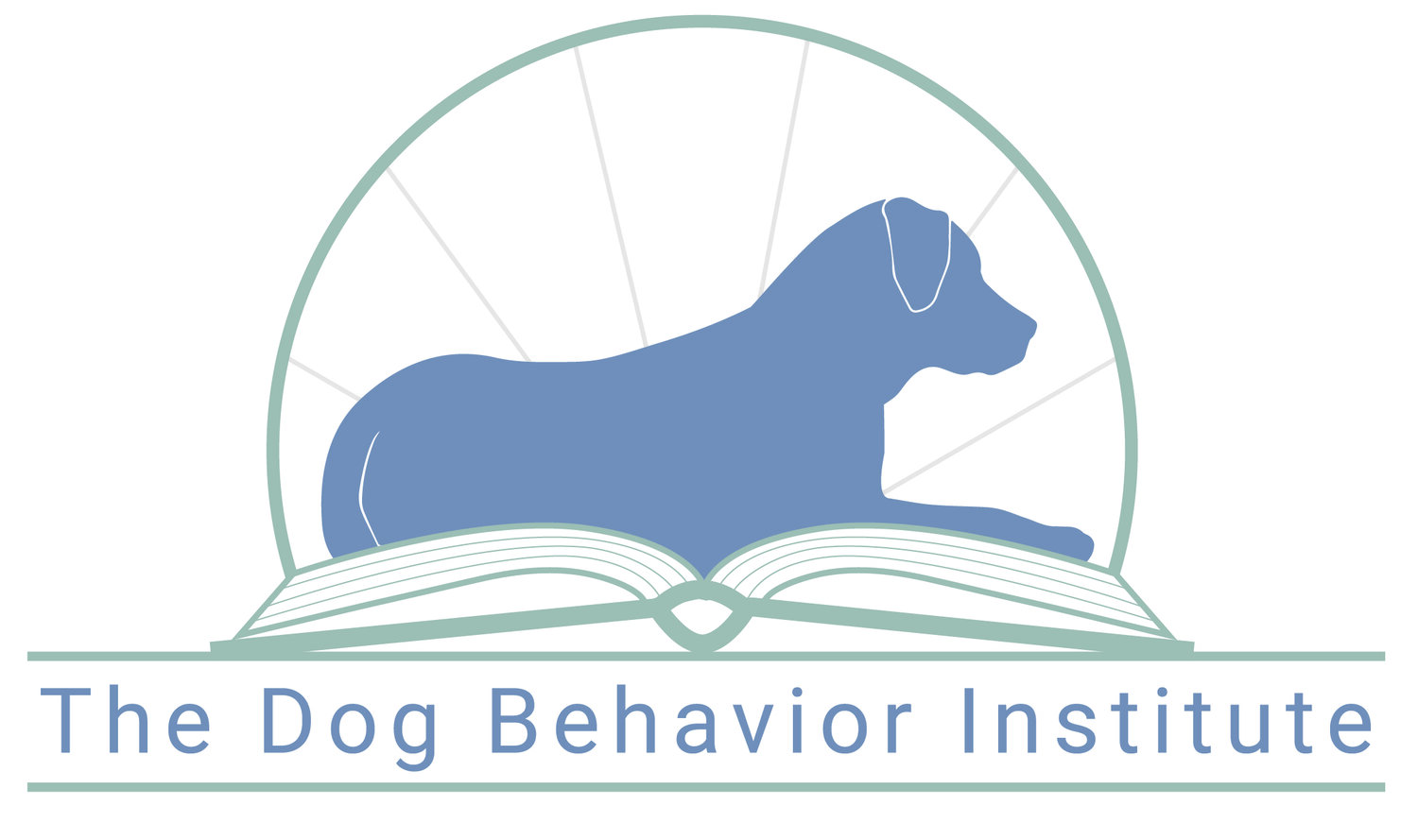Our Training Philosophy
We approach all of our training from a behavior analytic perspective. Behavior analysis is a science in which the principles of behavior are applied to improve socially significant behavior. This approach takes multiple variables into account when considering an individual’s behavior, including their specific learning history, social environment, and internal motivation.
With a behavior analytic lens, we assume that the learner (your dog, and even you!) is doing their best with the information they have - again, behaving as a result of their learning history, environment, and motivation. We focus on behavior change using positive reinforcement and making the “correct” response as easy as possible for our learners.
Strengths of Our Approach
Two strengths of a behavior analytic approach are that it allows us to focus on what works for a specific individual rather than what might work for others; and that it focuses on the function of a behavior, or why the individual is engaging in the behavior. Every behavior serves a purpose for the individual who is engaging in it. If the behavior is not benefitting that individual in their environment, we can teach a new skill that will meet the same need. For example, if a dog is engaging in a “challenging” behavior in order to access attention, we can teach a more appropriate behavior in order for them to get attention. This approach, again, involves meeting the learner where they are and helping them to be more successful in their environment. Because we are focused on the individual, there is no “one size fits all” training plan.
What does this look like?
We start by evaluating the preferences of the dog and their family. What does the dog like in terms of food, attention, toys, and activities? How do those preferences fit within their family’s lifestyle? Then we use this information, along with tools like clickers, treat pouches, toys, and long lines, to arrange the environment in a way that will promote the most success for the dog and their family. We consider the unique circumstances of the dog and their family, looking at why this dog is engaging in this behavior in this environment, rather than assuming, for example, that all dogs do a similar-looking behavior for similar reasons.
In addition, we collect data on target behaviors and evaluate how those behaviors are impacted by the environment. We then analyze the data in order to design evidence-based training plans that are tailored to the specific dog and environment. Throughout the training process, we continue to collect data, which allows us to assess the success of the training plan on an ongoing basis.
In short, we have a primarily positive reinforcement approach, and our goal is always to set you and your dog up for success. We want to make it easy for both you and your dog to be successful in training, and want you both to have fun while doing it!
Position on the Use of Aversive Training Tools & Punishment Procedures
Many clients come to us currently using or having already used aversive training procedures. Our goal is to minimize, if not eliminate, the use of these procedures and tools while helping our clients and dogs live safely and successfully together. In some cases, this may mean that we require immediate cessation of the use of those tools or procedures in order to continue with a treatment plan; in other cases, we will work with our clients to minimize the harm that may be caused with punishment-based procedures. By working with us, you agree to follow our recommendations regarding aversive training techniques.
The Dog Behavior Institute operates with an expert knowledge of punishment, what it is, how and why it works, and what its side effects are. We will consider the use of punishment procedures when necessary following a thorough assessment, risk-benefit analysis, and consideration of alternative procedures. Punishment-based procedures will never be a first option when developing a treatment plan, and implementing them will require thorough data collection before, during, and following any procedure. Additionally, clients will be informed of possible side effects to any punishment procedures and will sign an acknowledgement of risks. This is consistent with our commitment to data-based decision making and evidence-based practices.
Position on Applied Behavior Analysis
Behavior analysis is, as mentioned above, a science. There are multiple branches of behavior analysis, including Experimental Analysis of Behavior (EAB), Applied Behavior Analysis (ABA), and the conceptual analysis of behavior. These branches each have a different focus and may work with a wide range of populations. All of them consider the principles of behavior: reinforcement, punishment, extinction, stimulus control, and motivating operations.
The principles of behavior can also be applied in a variety of settings and situations. Applied Behavior Analysis has been utilized with animal training and behavior, organizational behavior management, medical training, sports performance, education for people with* and without disabilities, and more. The goal of all of these applications is to improve socially significant behaviors.
However, while behavior analysis is a science, it is a science that exists within the context of society and culture. This means that there is not universal agreement on what it means to “improve” behavior or what qualifies as “socially significant.” Like many areas of scientific study, the history of behavior analysis is complex and, in many cases, problematic and harmful. We acknowledge and recognize that the practice of Applied Behavior Analysis has been implemented in ways that cause harm to autistic* people and others. We actively advocate for client-centered services and the consistent integration of choice and consent in all behavior-change programs.
* We recognize that many practitioners utilize “person-first” language, and many autistic people utilize “identity-first” language. Additionally, this varies across individuals. Our practice is to always use the language that someone identifies for themselves.




